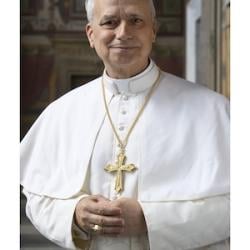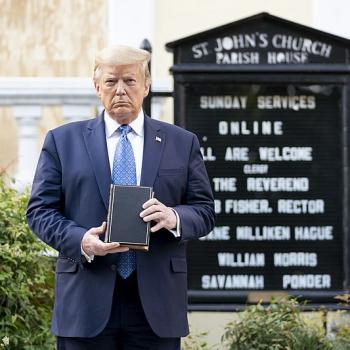It has always been the habit of Catholics in danger and in troublous times to fly for refuge to Mary.
Pope Leo XIII
Today is the feast of Our Lady of the Rosary. It’s alternate name is the Feast of Our Lady of Victory.
This feast commemorates the battle of Lepanto, which took place in 1571, and which CatholicCulture.org says is the battle that saved Europe.
In our politically-correct, revisionist history that we use in place of real history these days, the Battle of Lepanto is one of those events about which we may not speak. It, along with the Crusades, has been re-written or, in the case of this battle, ignored, in order to create a version of history that demonizes Christianity and gives Islam a complete pass for its invasions and wars.
In truth, the Crusades, which were horribly executed, were a series of defensive wars against invaders who took over large areas of the world by the sword. There was corruption and terrible mis-use of victories in the Crusades. As such, there is much to criticize about the way they were executed. These points of legitimate criticism are the key to the Crusades ultimate failure to achieve their stated objective, which was to free people who had been conquered by invasion.
This objective is what current history has lied about. I say lie, because there is no other word for it.
The Battle of Lepanto was a sea battle fought to repel invading Muslim armies. The Ottoman Empire, which came about as a direct consequence of wars of conquest against peaceful countries, had spread throughout the Mediterranean. The Sultan’s fleet controlled the Mediterranean. The military goal was to bring all of Europe within the dar al-Islam, the “House of Submission,” i.e., submission to sharia law. They called Europe the dar al-harb, the “House of War.”
The reason for this name was simple: Europe was the land of the infidels, i.e., Christians.
The invading armies gained purchase for the same reasons they were able to conquer Constantinople in 1453: Divisions within Christianity. In that instance, the argument was over who should be pope. This had led to a bitter division of Christianity. In the Europe of the 1500s, the argument was between Protestants and Catholics, with some Protestants becoming so insane with their hate that they actually welcomed the invading Muslims as fellow enemies of the Pope.
On the day of battle, October 7, 1571, the pope called on the faithful to pray the Rosary, asking for Our Lady’s intercession. Crew members on the Christian ships prayed the Rosary prior to battle, as did Christians everywhere. Churches were opened for people to gather together to pray the Rosary. It is said that Pope Pius V was given a miraculous vision of the victory.
The Battle of Lepanto was not only a pivotal victory for Europe and Christendom, but the loss was so costly to the invaders that it turned them back permanently. All but 13 of the nearly 300 Turkish ships were sunk, and 33,000 Turkish sailors were killed, wounded or captured. Twelve thousand Christian slaves were freed.
The deeper symbolism and symmetry of this historic battle connects like a row of dots with the miracles and warnings that Our Lady gave us at Fatima. Fatima, which acquired its name during the time the area was a territory under Muslim conquerers, was the place. Our Lady appeared at Fatima to warn us of the reality of hell, the fall of Russia to Communism and the cataclysmic wars of the 20th Century. She introduced herself to the shepherd children by using a name that harkens back to Lepanto.
I am the lady of the Rosary, she said.












